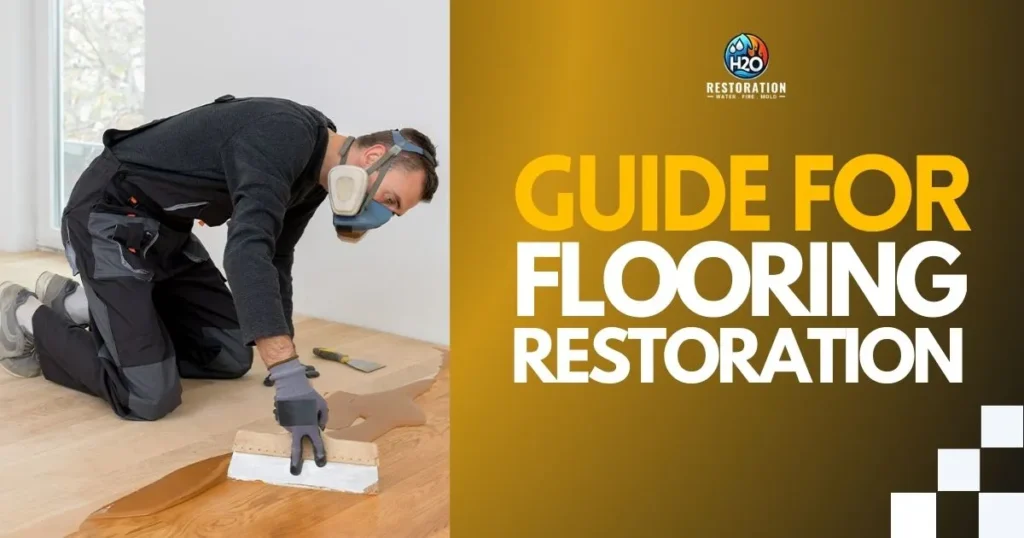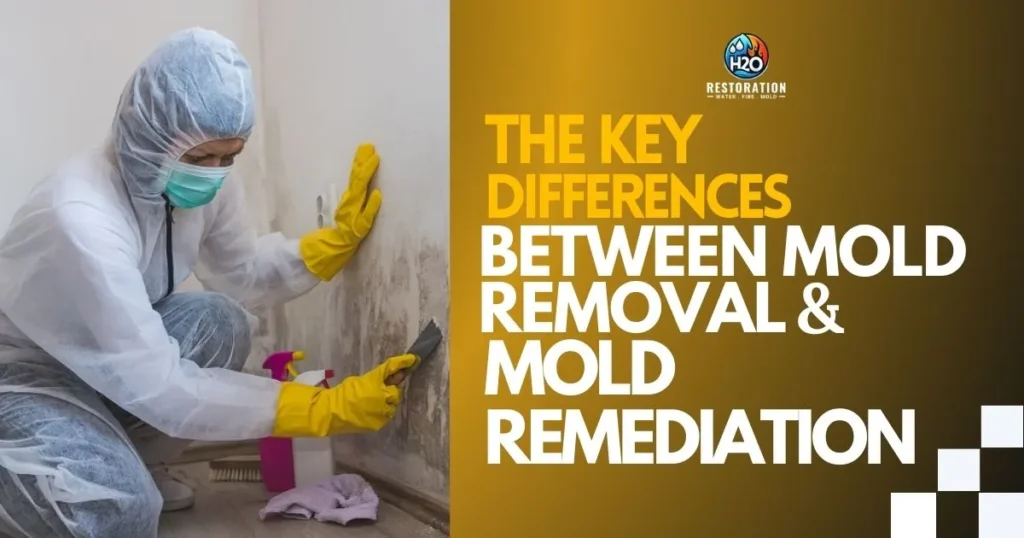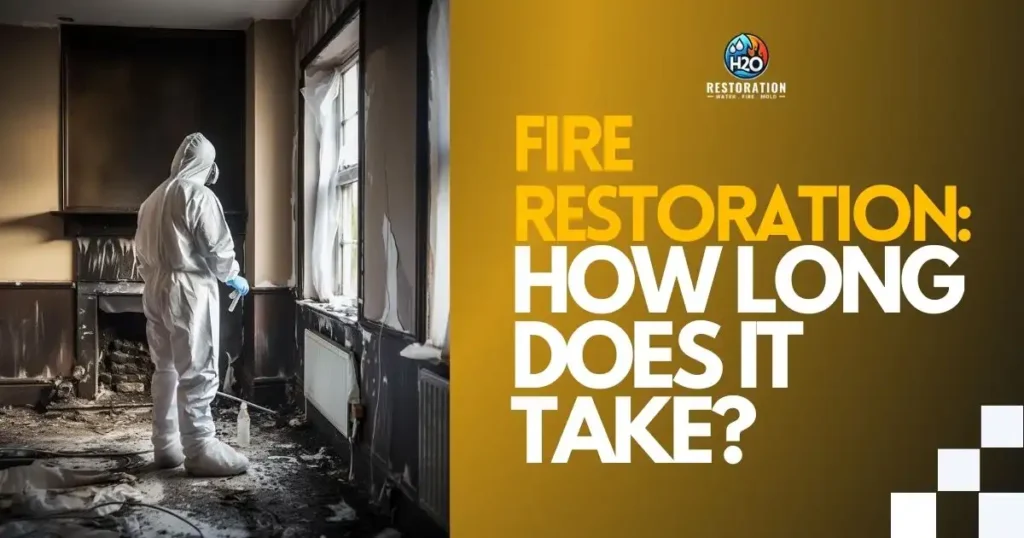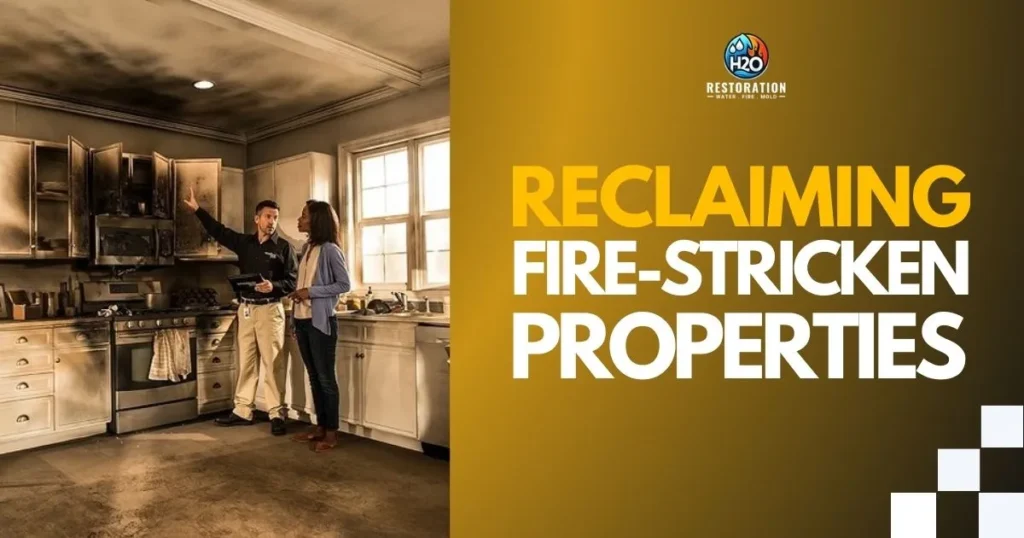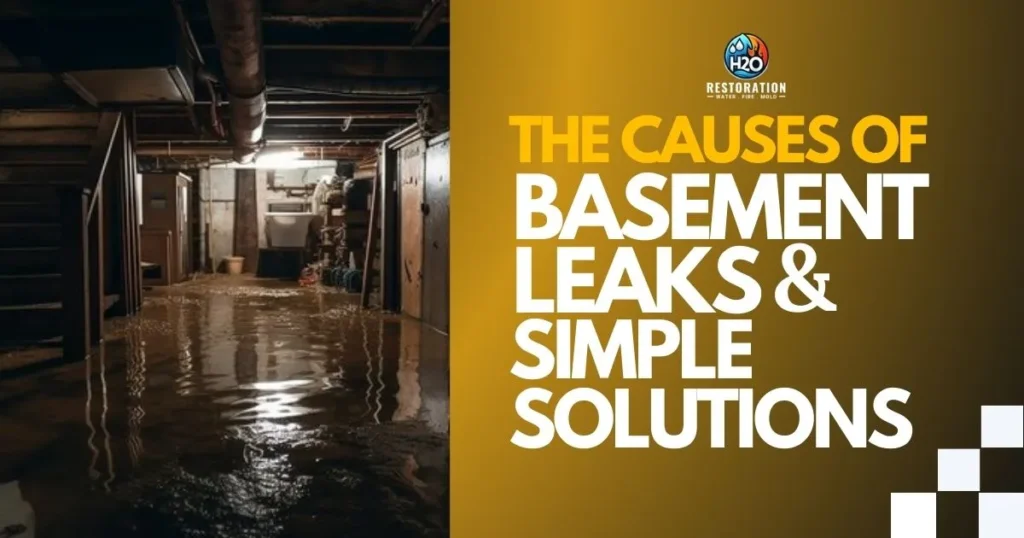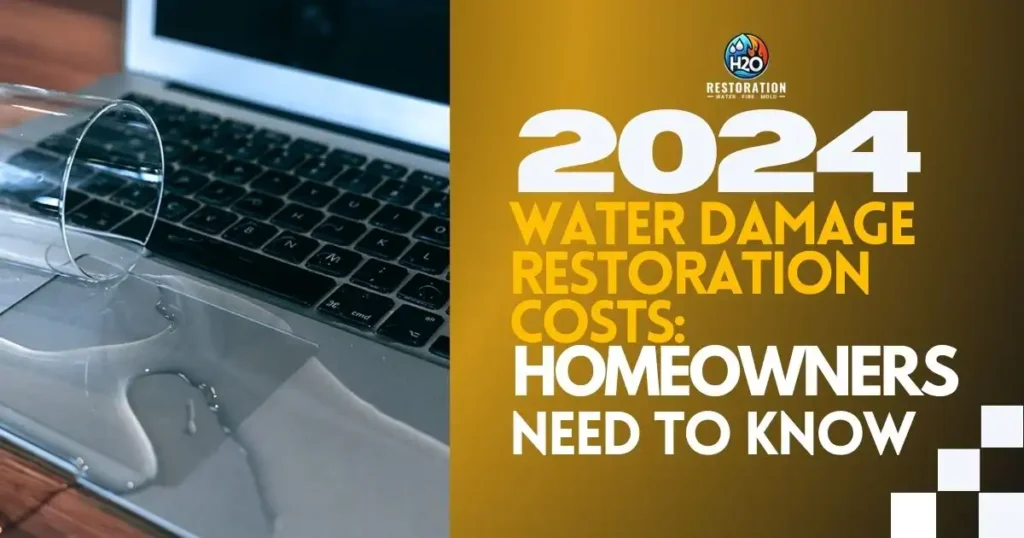Urgent Signs You Need Mold Remediation Now
Investing in your flooring is a decision that bears long-term benefits, enhancing the comfort, style, and welcoming ambiance of your home for decades to come. However, despite diligent maintenance efforts, your flooring is susceptible to wear and fading over time, detracting from the overall appeal of your property. While replacing your flooring is an option, opting for flooring restoration presents a more cost-effective solution. Flooring restoration is a comprehensive process designed to rejuvenate your floors, addressing scratches, dents, stains, and other imperfections that accumulate over time. This process breathes new life into your floors, restoring their pristine appearance and fortifying them against future damage. It enhances the aesthetics of your space and prolongs the lifespan of your flooring by several years. As a budget-friendly alternative to replacement, flooring restoration transforms tired and worn-out floors into rejuvenated focal points of your home. Investing in restoration not only enhances the visual appeal of your space but also optimizes the longevity and durability of your flooring investment for years to come. What is Flooring Restoration? The process of renewing and revitalizing worn, damaged, or outdated floors to improve their appearance, durability, and functionality. This restoration process can involve various techniques and methods depending on the type of flooring material and the extent of damage or wear. Common types of flooring that may undergo restoration include hardwood, laminate, vinyl, tile, concrete, and stone floors. Flooring restoration typically includes steps such as cleaning, repairing damage, sanding or refinishing, and applying protective coatings. The goal of flooring restoration is to breathe new life into old or damaged floors, extending their lifespan and enhancing the overall aesthetic and value of the space. It can be a cost-effective alternative to full-floor replacement, especially for floors with minor damage or wear. Additionally, restoring existing floors can contribute to sustainability efforts by reducing the need for new materials and minimizing waste. Steps for Preparing Your Floors for Restoration 1. Clean the Surface Begin by thoroughly cleaning the floors to remove any dirt, dust, or debris. Use a broom, vacuum cleaner, or damp mop to ensure the surface is free from contaminants. 2. Inspect for Damage Carefully examine the floors for any signs of damage such as scratches, dents, stains, or water damage. Take note of areas that require special attention during the restoration process. 3. Repair Any Damage Address any identified damage by repairing scratches, filling in dents, or treating stains. Use appropriate repair kits or products according to the type and severity of the damage. 4. Strip Existing Finish If necessary, strip the existing finish from the floors using a suitable stripping agent or sanding equipment. This step is crucial for preparing the surface for refinishing. 5. Sand the Surface After stripping the existing finish, sand the floors to smooth out any imperfections and create a uniform surface. Start with coarse-grit sandpaper and gradually move to finer grits for a smooth finish. 6. Clean Thoroughly Once sanding is complete, thoroughly clean the floors again to remove any dust or debris generated during the sanding process. Ensure the surface is clean and dry before proceeding to the next step. 7. Apply Stain or Finish Depending on your desired outcome, apply a wood stain to enhance the color of the floors or apply a new finish to protect and beautify the surface. Follow manufacturer instructions for application and drying times. 8. Allow Proper Drying Time Allow sufficient time for the stain or finish to dry completely before walking on the floors or placing furniture back in the room. This ensures a durable and long-lasting restoration result. 9. Apply Protective Coating Once the stain or finish has dried, consider applying a protective coating such as polyurethane to further enhance the durability and longevity of the wood floors. 10. Finish with Final Touches Add any final touches such as applying polish or wax to bring out the natural shine and luster of the floors. Stand back and admire your beautifully restored floors. Floor Restoration Process Assessment Begin by evaluating the current state of the floor, including identifying any damage, wear and tear, or other issues that need to be addressed. Preparation Prepare the floor for restoration by clearing the area of furniture, rugs, and other obstacles. Clean the surface thoroughly to remove dirt, dust, and debris. Repair Address any damage to the floor, such as scratches, dents, cracks, or stains. Repair or replace damaged flooring materials as needed to restore structural integrity. Sanding Use a floor sander equipped with appropriate grit sandpaper to remove the existing finish and smooth out imperfections on the floor surface. Sanding also helps to create a uniform surface for refinishing. Cleaning Vacuum or sweep the floor to remove sanding dust and debris. Wipe the surface with a tack cloth or damp mop to ensure it is clean and free from residue before proceeding. Staining If desired, apply a wood stain to the floor to enhance or change the color of the wood. Follow manufacturer instructions for application and drying times. Finishing Apply a protective finish to the floor to seal and protect the surface from damage and wear. Choose a finish appropriate for the type of flooring material and the desired level of durability and sheen. Drying Allow the finish to dry completely according to manufacturer recommendations before walking on or replacing furniture on the floor. Proper ventilation is important to aid in the drying process. Inspection Once the finish has dried, inspect the floor for any missed spots or imperfections. Touch up as needed before allowing the floor to cure completely. Final Touches Add any final touches, such as applying wood polish or wax, to enhance the shine and luster of the restored floor. Maintenance Implement a regular maintenance routine to preserve the beauty and longevity of the restored floor, including routine cleaning and periodic refinishing as needed. Floor Maintenance and Protection To keep your floors looking their best, it’s important to stick to a regular cleaning routine. This means sweeping, vacuuming, or mopping regularly to

